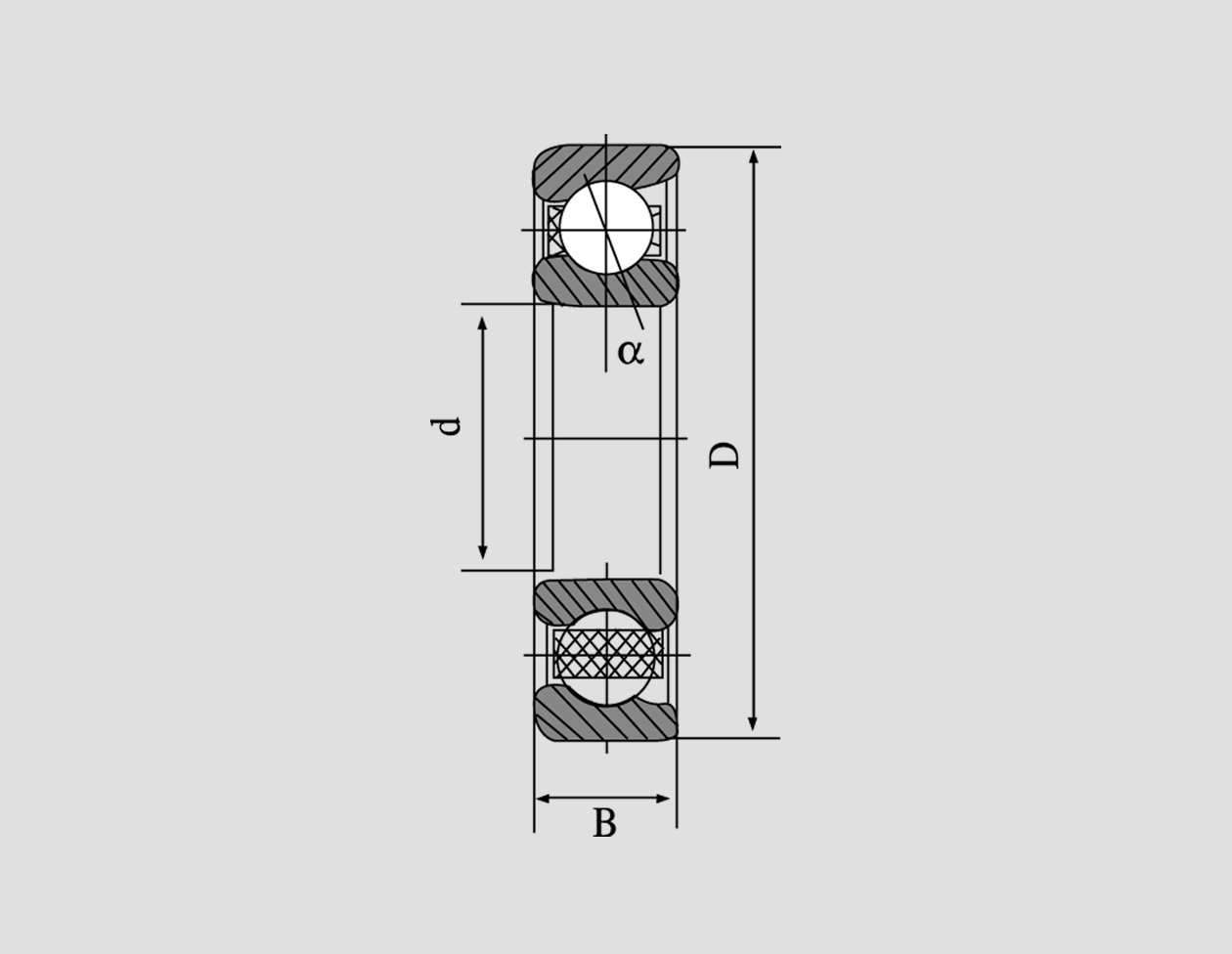
Oct . 13, 2024 11:53 Back to list
71905 bearing
Understanding the 71905 Bearing Key Features and Applications
Bearings play an essential role in various mechanical systems, contributing significantly to the efficiency and longevity of machines. Among the myriad types of bearings available in the market, the 71905 bearing stands out due to its unique design and versatile applications. This article delves into the characteristics, advantages, and typical uses of the 71905 bearing, providing a comprehensive overview of why it is a crucial component in numerous industries.
Design and Structure
The 71905 bearing is classified as a angular contact ball bearing. This type of bearing features inner and outer rings that are specially designed to accommodate a specific angle of contact. The 71905 bearing has an inner diameter of 25 mm, an outer diameter of 42 mm, and a width of 9 mm, making it suitable for various applications where space is limited.
One of the defining characteristics of the 71905 bearing is its ability to support both radial and axial loads, thanks to its angular contact design. The arrangement of the balls in the bearing allows for a higher speed and greater load-carrying capacity compared to standard deep-groove ball bearings. This makes it an ideal choice for high-performance applications where efficiency and reliability are paramount.
Materials and Construction
The materials used in manufacturing the 71905 bearing significantly influence its performance
. Typically, these bearings are made from high-quality steel, offering excellent durability and resistance to wear. Additionally, some variants may be made from ceramic materials, which provide even better performance in terms of reduced friction and increased lifespan.71905 bearing

Furthermore, many manufacturers apply surface treatments to enhance the bearing's resistance to corrosion and environmental factors. These coatings can prolong the life of the bearing, especially in harsh conditions where exposure to moisture or chemicals may pose a risk.
Applications
The versatility of the 71905 bearing enables it to be used in a wide range of applications across different industries. One of its most common uses is in precision machinery, including CNC machines and robotics, where high-speed performance and accuracy are required.
In the automotive industry, the 71905 bearing is often utilized in wheel hubs and gearboxes, contributing to the efficient function of vehicles. Additionally, its ability to handle high loads makes it suitable for use in electric motors, pumps, and various industrial equipment.
The bearing is also prevalent in the aerospace and telecommunications sectors, where reliability and performance are critical. In these applications, the 71905 bearing can be found in instruments, satellites, and antennas, where they must perform under rigorous conditions.
Conclusion
In summary, the 71905 bearing is a remarkable component that plays a vital role in the functionality of many machines and systems. Its unique design, durable materials, and versatility make it suitable for various demanding applications across diverse industries. As technology advances and the need for higher efficiency continues to grow, the importance of reliable bearings like the 71905 will only increase, solidifying its place as a key player in the engineering world. Understanding these bearings allows engineers and manufacturers to make informed choices, ensuring optimal performance in their machinery and equipment.
Latest news
-
Durable Greenhouse Pillow Block Bearings for Reliable Ventilation
NewsAug.31,2025
-
Spherical Roller Bearings Applications: Heavy Duty, Self-Aligning
NewsAug.30,2025
-
Premium Deep Groove Ball Bearings | High Speed & Reliability
NewsAug.29,2025
-
Durable Scaffolding Clamps - Secure & Reliable Tube Connectors
NewsAug.28,2025
-
Common Failures in Thrust Ball Bearings and Solutions
NewsAug.22,2025
-
How Tapered Roller Bearings Can Take Shock Loads
NewsAug.22,2025
